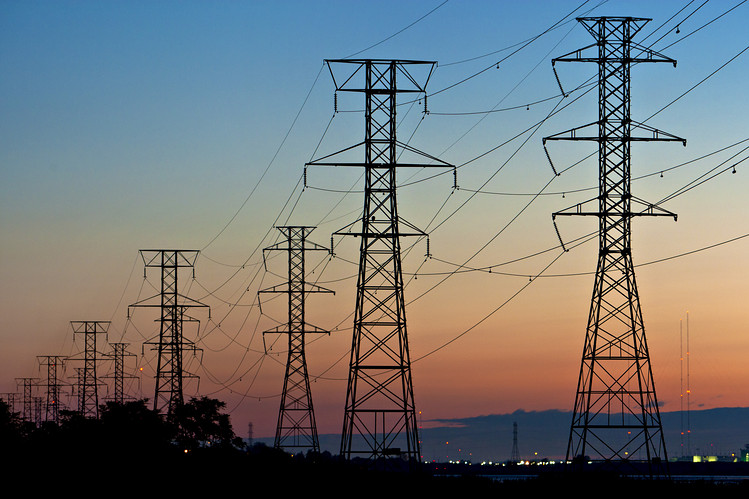excalibur
Diamond Member
- Mar 19, 2015
- 18,146
- 34,365
- 2,290
Because we are shutting down power plants that are still viable and using unreliable wind and solar while increasing demand with stupid EVs.
Joe Biden: I did that.

 www.naturalnews.com
www.naturalnews.com
Joe Biden: I did that.
The North American Electric Reliability Corporation (NERC) just published their power grid reliability assessment for the summer of 2023.
NERC is a not-for-profit, public-private entity that provides reliability assessments of the electrical grid to fifty state regulators and the U.S. Department of Energy. Going into the summer of 2023, NERC warns that two thirds of the North American power grid is at an elevated risk of experiencing summer outages during peak energy use.
Utilities across most of North America do not have adequate reserve generation capacity to meet the upcoming surges in demand from June to September.
“The elevated risk profiles that we’re seeing are driven by a combination of conventional generation retirements seen over the last couple of years, a substantial increase in forecasted peak demand and new loads coming—we are electrifying more than we ever had in the past,” said John Moura, NERC’s Director of Reliability.
De-carbonization of the West puts electrical grid at risk across North America
In the NERC report, the researchers warn that the rapid decarbonization of the U.S. electrical grid will put many people at risk for brown outs and black outs during the high demand months for the summer of 2023. The Biden administration’s hasty transition from oil and gas to wind and solar is sapping energy reserves and driving electricity prices up. The transition to renewables is taking place before the grid can adjust and expand its transmission capacities. Fossil fuels generate power on demand, while renewable energy relies on the availability of sun and wind at any given moment of the day.
“The drivers here are demand growth and generation retirements that take away from dispatchable generation that is needed to maintain reliability over a range of conditions,” said Mark Olson, NERC Reliability Assessments Manager.
The NERC report warns that constraints on natural gas and coal delivery, combined with new federal environmental restrictions and supply chain issues, are contributing to uncertain capacities. These new environmental rules restrict power plant emissions, inhibiting coal-fired generators across twenty-three states. The new rules will limit hours of operation for coal fired power plants while phasing in emissions control equipment. To make matters worse, there are declining water levels near some hydro-power plants, and “unexpected tripping” of wind and solar resources that make capacity uncertain.
“The pace in which we are closing fossil fuel plants is exceeding the pace that we are bringing new plants online,” National Association of Regulatory Utility Commissioners (NARUC) Executive Director Greg R. White told Epoch Times. “If you are paying attention to what is going on in this industry, the industry has been saying the transition [from fossil fuels to renewables] would be challenging.”
One of the grids at risk is the Midcontinent Independent System Operator (MISO), which controls electricity in 15 states and the Canadian province of Manitoba. The reliability of the MISO grids will come down to the amount of wind that is processed by wind generators during peak demand. The Northeast Power Coordinating Council in New England, which powers utilities in seven states and the Canadian provinces of Quebec, Nova Scotia, New Brunswick, and Ontario is also at risk. Other electricity supplies at great risk include the SERC-Central, which powers 16 southern states; the Southwest Power Pool; NPPC-Ontario; the Electric Reliability Council of Texas, which powers 90% of Texas; and The Western Interconnection, which powers fourteen states and spans Baja California in Mexico to the Canadian provinces of British Columbia and Alberta. The Western Interconnection could fail during “wide area heat events” — especially if the energy output from vast solar PV resources is diminished in the late afternoon to evening hours.
The de-carbonization of the West is not only driving up electricity prices for millions of people, but it is also putting the power grid at risk of temporary blackouts for millions more across North America.

Warning: Two-thirds of the North American power grid is at an ELEVATED RISK of experiencing summer outages during peak demand – NaturalNews.com
The North American Electric Reliability Corporation (NERC) just published their power grid reliability assessment for the summer of 2023. NERC is a not-for-profit, public-private entity that provides reliability assessments of the electrical grid to fifty state regulators and the U.S. Department...


